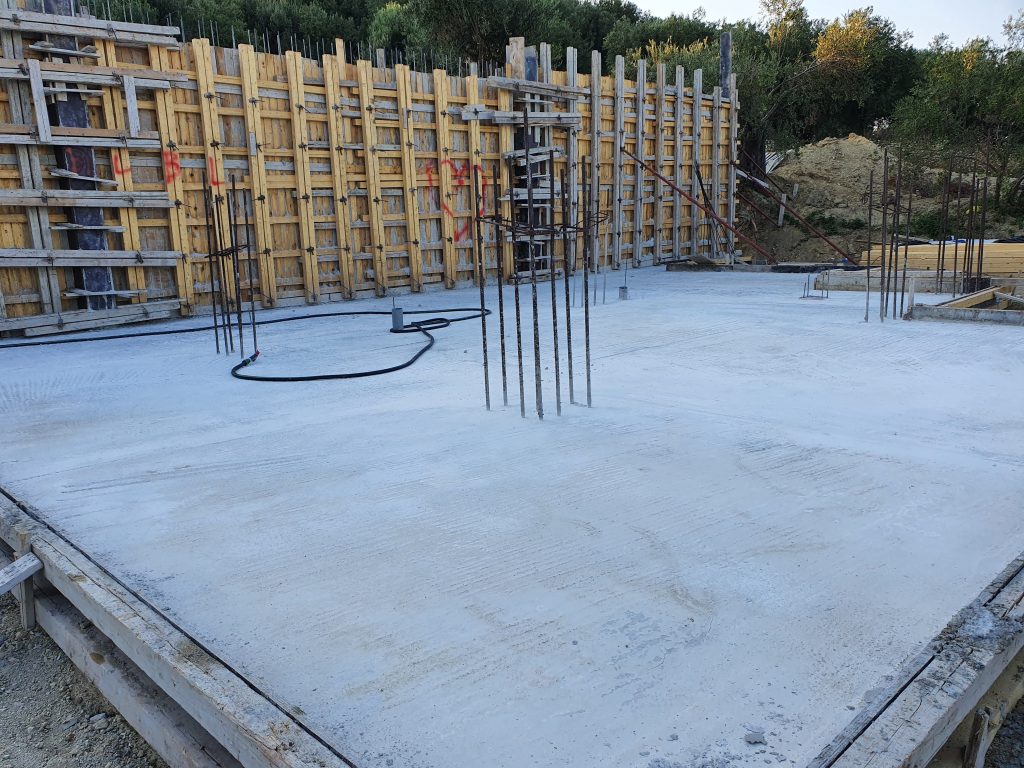
The K value is basically a shorthand phrase for thermal conductivity, which is the rate of time at which heat continuously flows through a unit that is induced by the unit's temperature in a direction perpendicular to the area. Okay, this sounds really complicated, but honestly, it's not.
Start considering how much heat flows when you're using hot water and you'll basically know what thermal conductivity is and how it works.
K Values
K values are important because they allow us to evaluate the heat transfer between the exterior and interior of a building. Because you're using a lot of different materials, your K values can be different, so this is something that's really important to know.
Once you have fully researched the definition of a K value, you will see that it is units of Btu per inch per hour per square foot per degree Fahrenheit for temperature.
Once you know the K-values for the building you are working on, you can easily use this information to determine the other values you will need to know.
C Values
A C value is different from a K value because it focuses on thermal conductance. This value depends on the thickness of the material, while the K value does not care about the thickness of the material. The C value is determined in Btu per hour per square foot per degree Fahrenheit for temperature.
When looking at the C-value of a building, you will instantly notice that the C-value will be cut in half if you use a one-inch thick insulation board instead of a two-inch thick piece of the same board.
R-Values
An R value is considered thermal resistance between two defined surfaces of material. It can also be any type of construction that induces unitary heat flow through any area.
To determine the R-value of any item, you must divide one by the C-value or divide the thickness by the K-value. Therefore, you can see that a C-value of 0.5 will have an R-value of 2.0, while the R-value is 4 when the K value is 0.25 and the material thickness is 1.
U-values
U-values are basically thermal transmittance and are where the heat transmission passes through the building material and the air limit is set according to the environment on each side of the building. The lower the U-value, the lower the heat flow rate, and this means that heat does not escape and the building stays warm. Of course, higher U-values typically arise in poorly insulated buildings, and in these scenarios the heat will be much greater.
It's a lot of work to determine the U-value of any building, but when you do, you should first know the following:
- The C value of the indoor and outdoor air film
- K Value of 3 and ½ Inch Wide Wood Beams
- The spacing between the pins
- The K value of fiberglass insulation batts and their thickness
- The K value as well as the thickness of the wood cladding material
The rules of these values
- The lower the K value, the higher the insulation value for a given thickness and set of conditions.
- Better insulation performance means a higher R-value and a lower C-value.
- The better the insulation, the lower the U-value.
All these values are used to generate energy savings, protect those in the building and control condensation.
Therefore, it is important to know all these values within any building you construct. The K values are needed so you can figure out everything else, so don't try to take shortcuts. The results of a shortcut can be distorted numbers that will not truly represent what the value really is and can create more problems in the future.

